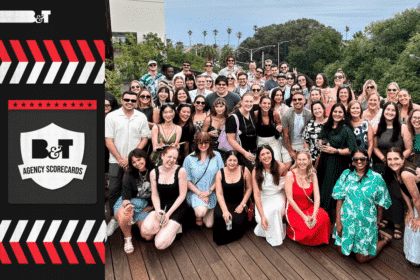Everybody knows that the TikTok For You page is the gold standard when it comes to algorithmic content recommendations. Within minutes of opening the app and creating an account, it seemed as though the app just knew you.
However, it seems as though there is a bit more to TikTok’s recommendation engine than meets the eye.
While the company said in its Creator Portal that it bases the videos shown to you on its For You page on “user interactions,” “video information,” and “device and account settings,” and puts these through a recommendations system, some employees have been manually boosting videos.
The process, known as “heating” in TikTok’s internal parlance, had originally been used to steer the content recommendations away from dancing and lip-syncing videos towards stuff with a bit more substance, according to Forbes.
However, it seems as though some within TikTok have been using it to promote paid-for content, and even their own partners’ videos. The total views of heated videos can account for around 1-2 per cent of all daily video views. However, in the US, a TikTok spokesperson said that it makes up approximately .002 per cent of videos in the For You feed.
The company had said that “heated” videos account for A spokesperson for TikTok Australia confirmed to B&T that videos do get heated over here, as well.
“We promote some videos to help diversify the content experience and introduce celebrities and emerging creators to the TikTok community. We’re continuing our work to expand our ‘why this video’ feature and provide more granularity and transparency to content recommendations,” the said.
The ‘why this video’ feature was announced last month and would add a new panel to videos that would tell them why a given video had been chosen to show them. It is unclear whether the heating process would be included in the why this video panel.
However, while TikTok feels comfortable letting its employees boost videos with apparently little-to-no oversight, it does not feel comfortable sticking its oar into Aussie political debates — at least not intentionally.
The video-sharing app will not be accepting any adverts around the Voice to Parliament campaign from Yes and No camps, alike. While this seems like a prudent solution from a company point of view, No campaigners have moaned that the Yes team will receive better reach with non-paid-for videos as they have more funds.
TikTok said that “our mission is to inspire creativity and bring joy – we aren’t the go-to-place for politics and/or news, nor do we claim to be.” However, Businessman and voice critic Nyunggai Warren Mundine said:
“Even if TikTok isn’t letting either side pay for ads, the reality is the Yes campaigners have the funds to create highly produced videos they can still post and promote, while we’ll just have some bloke in Hyde Park with an iPhone.
“TikTok and Facebook have got to stop pretending they’re leaving a level, neutral playing field.”
The lack of clarity over the process of heating videos and the slow roll-out of the why this video feature, means that TikTok, despite trying to placate both sides, might end up in a quagmire over human versus machine recommendations.
No campaigners will likely spin the classic yarn about lefty and woke social media platforms preferring the Yes campaign, causing consternation and aggravation among some Australians.
Extra clarity on the process of recommendations would certainly not do TikTok any harm.








